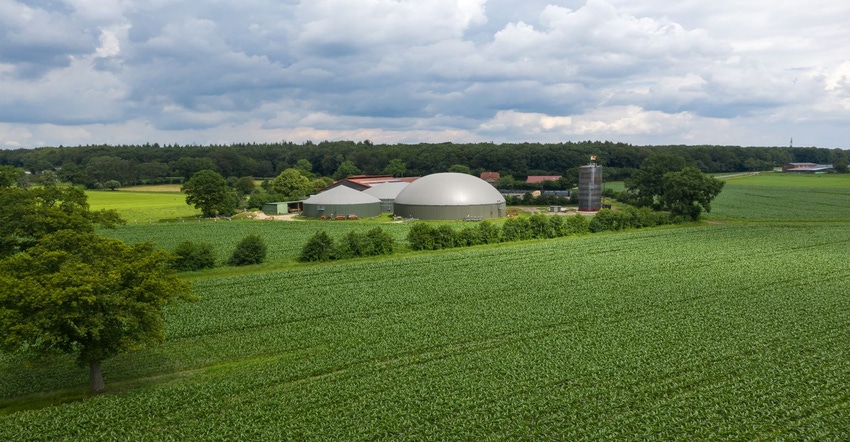While the positive effects on the environment resulting from regenerative agricultural practices are well documented, a recent study indicates such practices may offer a secondary benefit as well: healthier food.

Regenerative farming—a method of farming that minimizes plowing, uses cover crops and plants diverse crops to protect the soil and surrounding land—is gaining popularity across the food industry. As consumers continue to educate themselves about the effect global supply chains have on the environment and climate change, sustainability efforts have become an important tool to differentiate between brands and products.
While the positive effects on the environment resulting from regenerative agricultural practices are well documented, a recent study indicates such practices may offer a secondary benefit as well: healthier food (PeerJ, 2022; 10: e12848).
The study examined crops from eight pairs of farms across the U.S., which included one farm using regenerative practices and a neighboring farm using conventional practices. Both farms in each pair contained the same soil type and was planted with the same crop. Crops from each pair were tested for the influence of soil health, as measured by soil organic matter content and soil health scores. According to the authors, “In addition to measuring soil organic matter, in each of the sampled fields on the paired farms we also used a test … that combines water extractable organic carbon and nitrogen content with a measure of microbial respiration (24-h CO2 release) to gauge microbial activity, assess the amount of food readily available to soil microbes, and determine an overall soil health score for the soil.”
The results showed that foods grown on farms which had been using regenerative practices for at least five years had a healthier nutritional profile than foods grown on traditional farms. “Across the board, the soil on the regenerative farms had more soil organic matter,” the authors noted, “and higher soil health scores.” Results showed the topsoil on regenerative farms contained 3-12% organic matter, compared to just 2-5% for traditional farms. Soil health scores were also significantly higher on regenerative farms, ranging from 11 to 30 with a mean of 20 compared to conventional farms, which ranged from 3 to 14 with a mean score of just 8. Within each pair of farms, the regenerative farm showed up to 5 times more organic matter and scored up to 7 times higher on soil health scores.
Improved soil, as expected, led to improved nutrient profile in the food grown. While the authors noted results varied “substantially” for individual nutrients and farm pairs, the results still paint a clear picture. Crops grown on regenerative farms had 34% more vitamin K, 15% more vitamin E, 14% more vitamin B1 and 17% more vitamin B2 than crops grown on traditional farms. Regenerative crops also had 15% more carotenoids, 20% more phenolics, and 22% more phytosterols than traditionally grown foods. Other nutrients, including calcium (11% increase), phosphorus (16%) and copper (27%) were also seen in higher quantities in the regenerative crops.
Some crops also showed more sensitivity to differences in soil than others. For example, “Cabbage from the regenerative farm had 20%, 41%, and 70% more vitamins C, K, and E, respectively, as well as more than twice the phenolics and phytosterols, and 48% more carotenoids than cabbage from the conventional field,” the authors noted. Corn, soy and sorghum grown regeneratively all showed large increases in zinc, with 17%, 22% and 23% more, respectively.
“Relative to conventional farming, regenerative practices based on Conservation Agriculture produced crops with higher levels of phytochemicals, vitamins, and minerals, although which ones and by how much varied among farm pairings,” the authors concluded. “Most notably, soil health appears to influence phytochemical levels in crops, indicating that regenerative farming systems can enhance dietary levels of compounds known to reduce risk of various chronic diseases.”
About the Author(s)
You May Also Like






